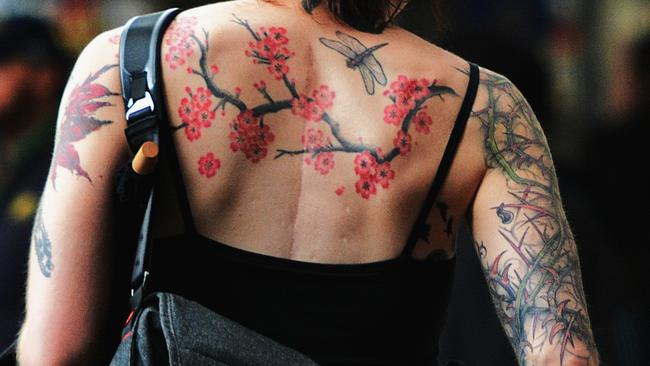Tattoos in Australia: A special report into the fashion trend that lasts forever - Part III
IN the final part of our series on tattoo culture in Adelaide, we talk to the artists about their art, the stress, the responsibility and those inked up celebrities.
“Eventually, robots will take this from us.” Tattoo artist Josh Darkly seems to be half joking, but also very much half serious, as he contemplates the future of his craft.
Indeed, technology has already come up with a wide range of equipment with which one can create one’s own tattoo, or one for a friend, and the search term “personal tattoo kit” on Google returns more than half a million results. You can get one on Amazon, or eBay, or Gumtree for as little as $100. And you can rip a design from the internet for nothing.
Meanwhile, a professional, qualified artist will cost upwards of $150 an hour and a really good one is likely to have a waiting list, so if you add the laws of supply and demand to the imperatives of price and availability, plus mix in the acceleration of technology, it seems that future predicted by Josh might already be writing itself in stencilled ink.
Still, there’s a couple of things those robots may never be able to do. One of those is the artist’s human-to-human interpretation of what you want to express on your body; the other is talking you out of it.
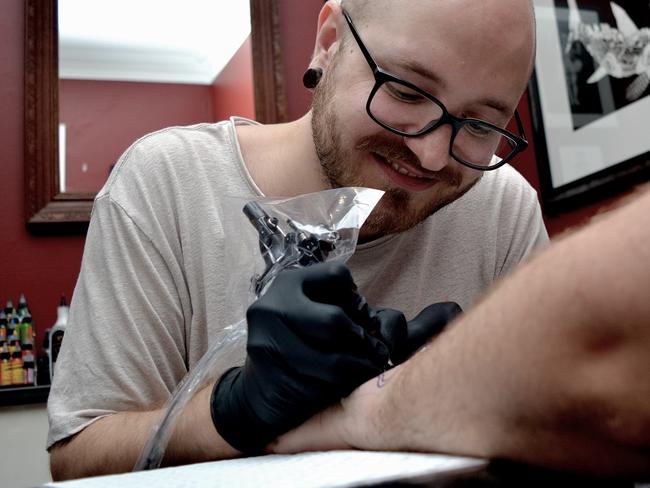
Josh, who works at the Wolf & Wren artists’ collective at St Peters, started his working life in the hospitality industry, and uses this people-person experience to truly collaborate with his clients. Like other tattoo industry people we talked to for this series, he says he spends half his time talking people out of the work they are offering him, because he knows they will probably regret it.
“Managing that comes down to managing expectations, making sure that people understand what is and isn’t achievable, that they understand that it’s not like art that you draw on paper ... making sure that they understand how to take care of a healing tattoo so that they get the best result, understanding that things are going to heal differently to how they look when they’re fresh,” he said.
“Tattoos are a life-changing decision, and sometimes you can do everything right and it’s them that made the wrong decisions, but if you take care of that at the consult level, it shouldn’t escalate.”
“I think my biggest fear is ... feeling like you’ve completely missed the mark in a drawing.”
Josh recalls his most stressful assignment, a first tattoo, just a small flower, on a young woman who suffered from anxiety.
In this case, the consultation was difficult, as the client’s condition exacerbated what can be an emotional process for anyone, but he says the result of the work was “the most rewarding in a way, because she left happy and with a sense of accomplishment”.
Let’s see a robot do that.
Tattoo artistry is a skilled and regulated profession and around 1000 qualified artists work in Australia today. The number of illegal backyarders is unknown and it’s thought there are still some unqualified operators in parlours run by bikies, but anti-association laws in South Australia have made life difficult for those operators attached to organised crime. It is presumed, therefore, that there are now fewer of them, or that they at least are less able to offer their services to the broader public.
And the broader public doesn’t seem to want them, anyway. People are increasingly looking for original and often elaborate pieces, not standard and stylised designs from a parlour wall, and the people who can do them are held in a form of reverence.
“No one thinks I’m a criminal,” Josh said when asked how he feels his job is perceived outside the industry.

“For young people it’s seen as a cool thing... sometimes you can tell people are a bit jealous, because they see that the job I do is a cool-guy job, not just a regular job”.
And tattoo artistry is indeed seen as a cool job around the world these days. The very best have become minor celebrities, so much so that better-known celebrities seek them out.
Nikole Lowe, the UK-based New Zealander who rose to a fame beyond her industry by appearing in reality TV show London Ink, was already inking famous people before she went on telly and has been booked by many more since.
The late Dead or Alive singer-songwriter Pete Burns wore her art, as does Hollywood star Tom Hardy, pop icon Boy George, Silverchair’s Daniel Johns (when he was dating pop star Natalie Imbruglia, who was present at the session) and a German footballer whose name she can’t remember, although as she thinks he scored the winning goal in his country’s last World Cup triumph, so it was probably Mario Gotze.
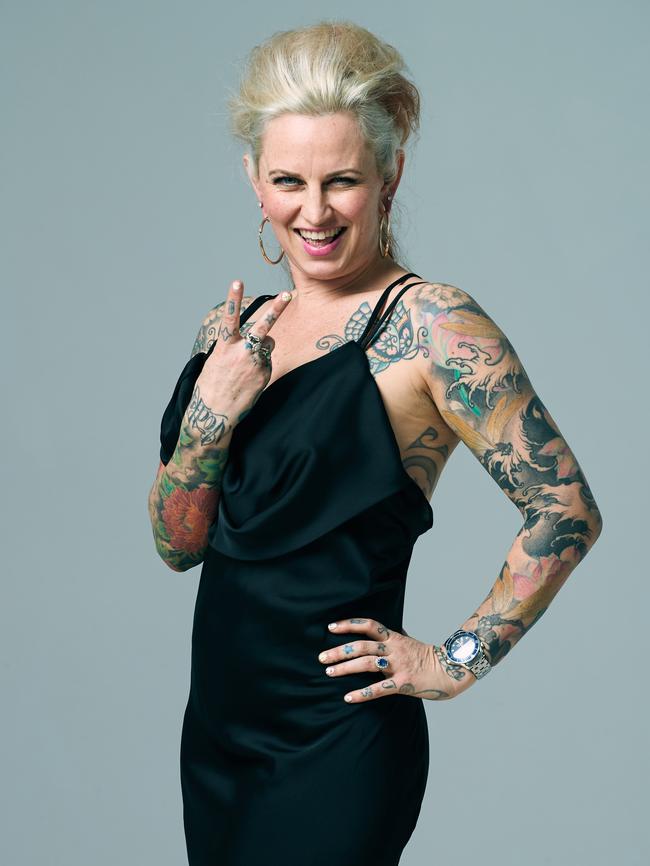
“He flew over (to London) especially. He had big bodyguard with him who did all the talking,” she said.
Also wearing a Lowe tattoo is eighties pop legend Adam Ant.
“He was very peculiar. He loved the royal family and he collected Diana plates or something like that. And he liked my gloves, so I went home with one glove on.”
Nikole happily left the TV show after clashes between her need to do good art and the producers’ desire to develop a good television story (surprise, surprise, reality TV is not real), but she revealed there is another downside to becoming a famous tattoo artist.
“If I did a fairy on a TV show, I’d be doing fairies for the rest of my life. I did a couple of koi fish on the show, and then I did so many koi fish that I just had to say I’m not doing those any more,” she said.
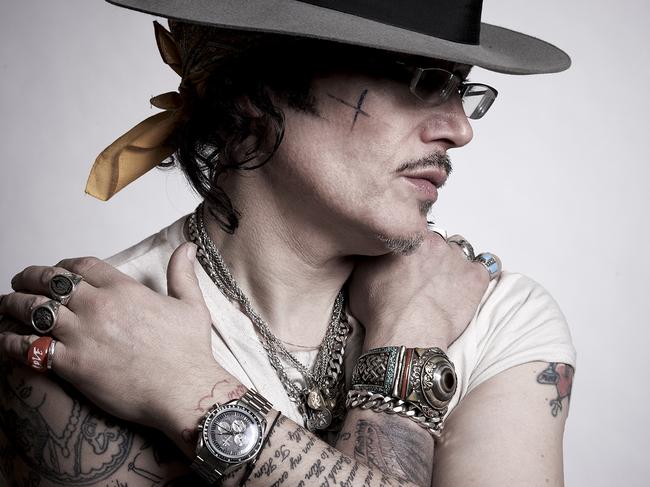

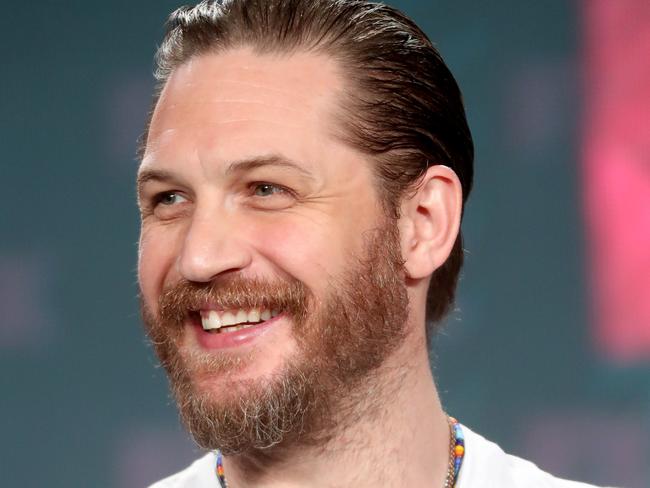
As a high-profile artist with an international reputation and a popular studio, Good Times in London, Nikole makes a good living. Comparatively, Josh is just at the start of his career and doesn’t expect to be rich and famous, but he does think his work will get him to the same modest financial goals most of us are happy to aim for.
And if he really fears losing his job to a robot, he probably shouldn’t. As Josh said when describing what’s special about tattooing from an artist’s point of view, he said that “you end up with something that you couldn’t have built on your own, something that’s between two people”.
And that is definitely something a robot will never do.
This article is the final part in a three-part series.
To see Part I, What We Think of Ink, click here.
To see Part II, Sex and Sleaze, plus What Should a Parent Think, click here.

